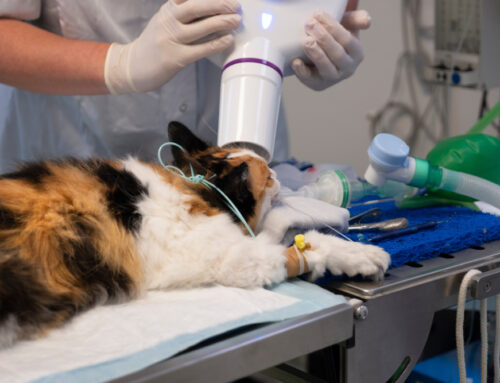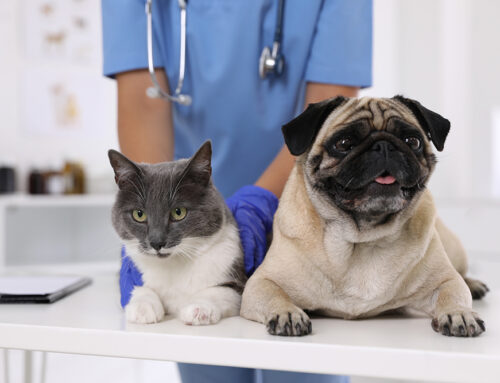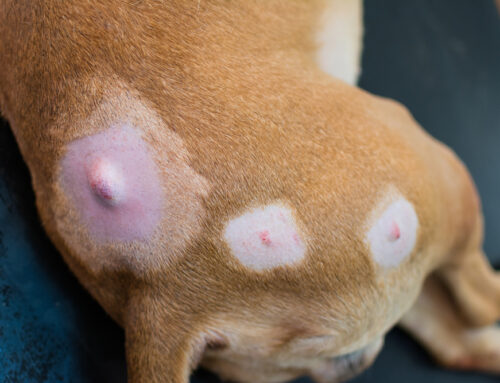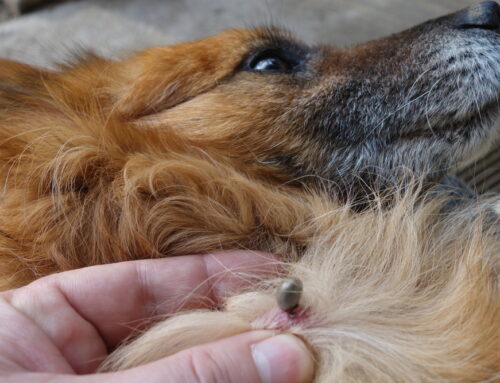As a pet owner, you are accustomed to your pet leaving hair on the couch, on your clothes, on the car seats—everywhere your pet spends more than a millisecond. While you may feel like you are living in a lint roller infomercial, your pet’s shedding is normal—and necessary—for their coat. However, a pet’s sudden hair loss can indicate health issues, possibly requiring a veterinary visit. Read our Star of Texas Veterinary Hospital team’s guide to learn everything you need to know to get to the root of your pet’s hair loss.
Normal shedding versus hair loss in pets
Shedding is the natural replacement of your pet’s hair coat, and the normal shedding amount for your pet depends on many factors, including breed, genetics, and the season. Breeds who shed the most include Labradors, Akitas, chow chows, Siberian huskies, and German shepherd dogs. Most pets shed more during warmer weather than during colder weather. The best way to monitor your pet for drastic hair loss is to determine their baseline shedding when they are young. Shedding occurs fairly evenly throughout a pet’s coat, but hair loss that is unrelated to shedding (i.e., alopecia) results in thinning hair or patchy bald spots that affect a more limited coat area. Other alopecia signs include:
- Red, inflamed, or flaky skin
- Excessive licking
- Facial rubbing
- Recurring ear or skin infections
- Mild to severe scratching
- Open wounds due to scratching
Hair loss in causes pets
Pets’ alopecia has many potential causes, some more serious than others. However, if left untreated, your pet’s hair loss can worsen, causing discomfort and potential health complications. Some common pet hair loss causes include:
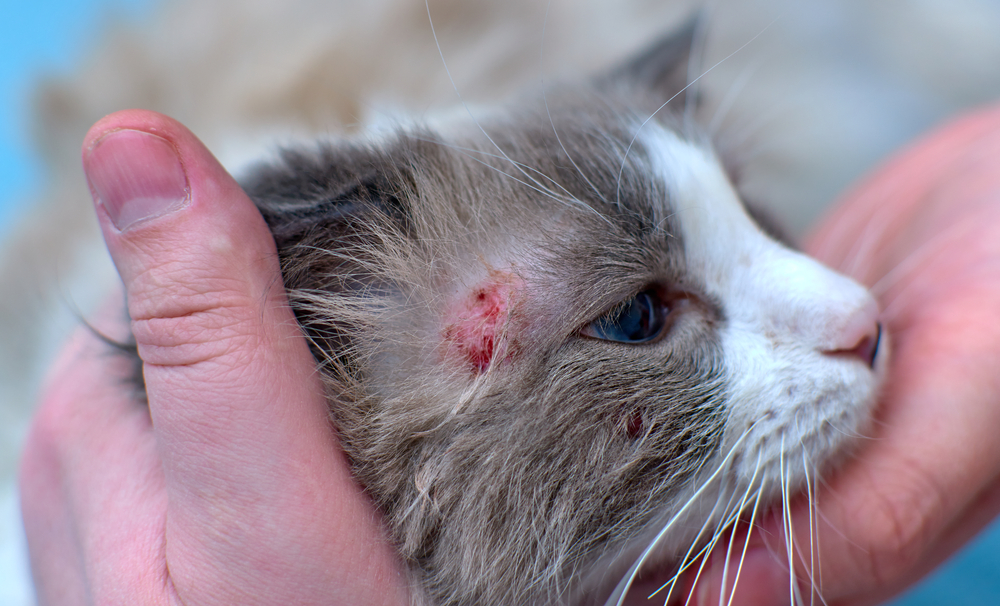
- Allergies — Pets can be allergic to certain foods, fleas, and chemicals in skin care products. Allergies can trigger inflammatory reactions that make your pet extremely itchy, which causes them to scratch, lick, and bite at their skin. Skin redness, hot spots, and bumps often accompany hair loss because of allergies.
- Hormone imbalances — Endocrine disorders occur when your pet’s hormones become unbalanced, causing hair and skin problems. A thyroid hormone imbalance is most common. Hypothyroidism (i.e., low thyroid) can cause hair thinning and loss, most often on your pet’s tail and trunk. A common endocrine disorder for older pets is hyperadrenocorticism (i.e., Cushing’s disease), which occurs when the adrenal glands overproduce steroids. Pets with the disease usually suffer symmetrical hair loss on their trunk’s back half.
- Skin infections — Various skin infections can cause bald skin areas on your pet. With ringworm (i.e., a contagious fungal infection of the skin, hair, and nails), lesions usually appear as circular hair loss areas. Mites can also irritate your pet’s skin, resulting in itching, inflammation, and hair loss.
- Pressure sores — Older, less-active pets are prone to pressure sores, because they often lie in one spot for an extended period. Common pressure sore areas include the hips, elbows, or sides. To prevent your senior pet from developing pressure sores, try to keep them mobile or help them periodically change position so they are not putting pressure on the same body area all day. Also, ensure they have clean, soft bedding.
- Postgrooming alopecia — After clipping or shaving pets who have particularly thick coats, their hair can grow back in patches, with an abnormal texture or color. While these grooming results can be shocking, rest assured their hair will gradually grow back to its normal length and consistency.
- Genetics — Some breeds are prone to genetic conditions that cause hair loss at birth or shortly after. Genetic hair loss does not make a pet uncomfortable, or irritate their skin. However, because the condition affects the hair follicles and hair shafts, this hair loss type is usually permanent.
If your pet experiences sudden, dramatic hair loss, schedule an appointment with our Star of Texas Veterinary Hospital team, so we can thoroughly examine your pet’s skin and hair and perform any necessary testing, to get to the root of their problem. We will help your pet to feel comfortable—and furry—again.

